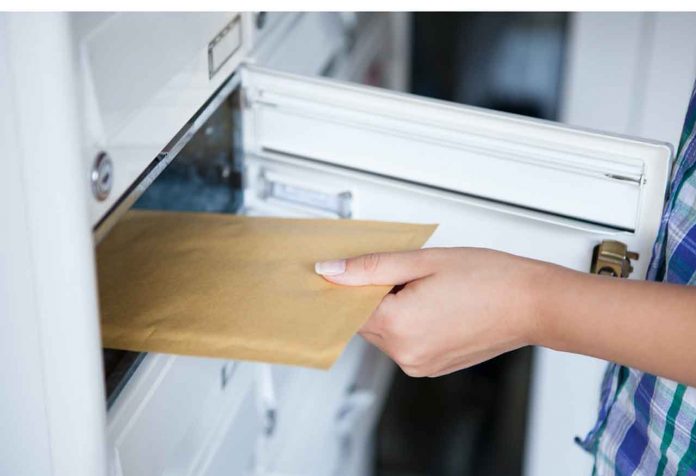In 1963, the USPS developed the Zone Improvement Plan (ZIP), complete with a key-based index to improve their delivery services. They created a code system that divided destinations and streamlined travel routes to help postal service workers to get their jobs done efficiently and with little hassle. In general, not many people know why we have ZIP Codes, or how they work – or if they’re even still necessary (in short, the answer is that they are). Keep reading to find how to find the zip code of my location.
They’re perfect for their given role – and more!
First and foremost, even after so many years since the method was first designed, the United States Postal Service still uses ZIP Codes to keep the transportation of mail and packages functional and organized.
Aside from its assistance with mapping the best routes for deliveries, it’s now also commonly used for obtaining geographic data. The fact that multiple areas across the US are both separated and divided makes the codes an easy and consistent way to gather information from any particular destination.
What does the number key do?
Each digit of a ZIP code is essential to the functionality of its use. For example, the most important number is the first. It tells the postal service and the worker the region that the package needs to be delivered to. These go from 0 to 9, starting with northeastern areas and ending in western ones.
The next two numbers help to determine the best route to take by finding the most commonly used transportation areas linked to the delivery destination. Lastly, 4 and 5 are used to find the ideal post office for the letter/parcel to travel to.
Here’s a list of destinations in the US and their corresponding 1st digit:
- Maine, New Hampshire, Rhode Island, Vermont
- Delaware, Pennsylvania, New York,
- Maryland, Washington D.C, West Virginia, and Virginia
- Alabama, Florida, Georgia, Mississippi, Tennessee
- Kentucky, Indiana, Michigan, Ohio
- Iowa, Minnesota, Montana, Wisconsin
- Kansas, Illinois, Missouri, Nebraska
- Arkansas, Louisiana, Oklahoma, Texas
- Colorado, Nevada, New Mexico, Utah
- Alaska, California, Oregon, Hawaii, Washington
An extra 4 numbers were added to the code in 1983 and are also worth mentioning, since they help to further streamline the delivery process. Located after a hyphen at the end of the original 5-digit code, these allow the USPS to get an even clearer idea of the location to hand, ready for the most efficient delivery.
With a variety of ZIP Codes across the US, you might think that finding yours (if you don’t already know it) would be difficult. The good news is that modern technology makes it an incredibly simple process. There are plenty of tools online that can help you, so you should be able to find your code in just a few minutes. After all, it can be important to have the right ZIP Code to ensure that your mail gets to you on time and in good condition.


